Bing Copeland
Interview by Glenn Sakamoto
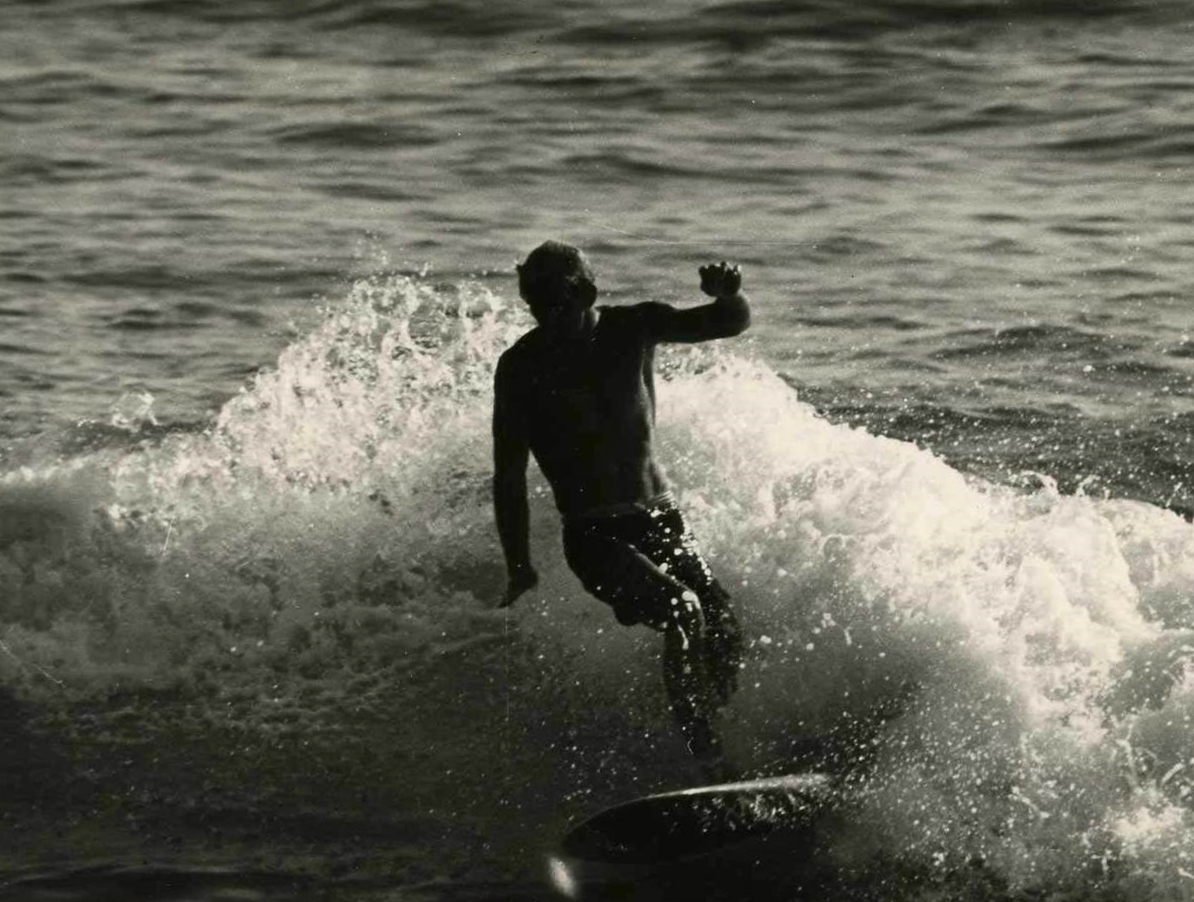
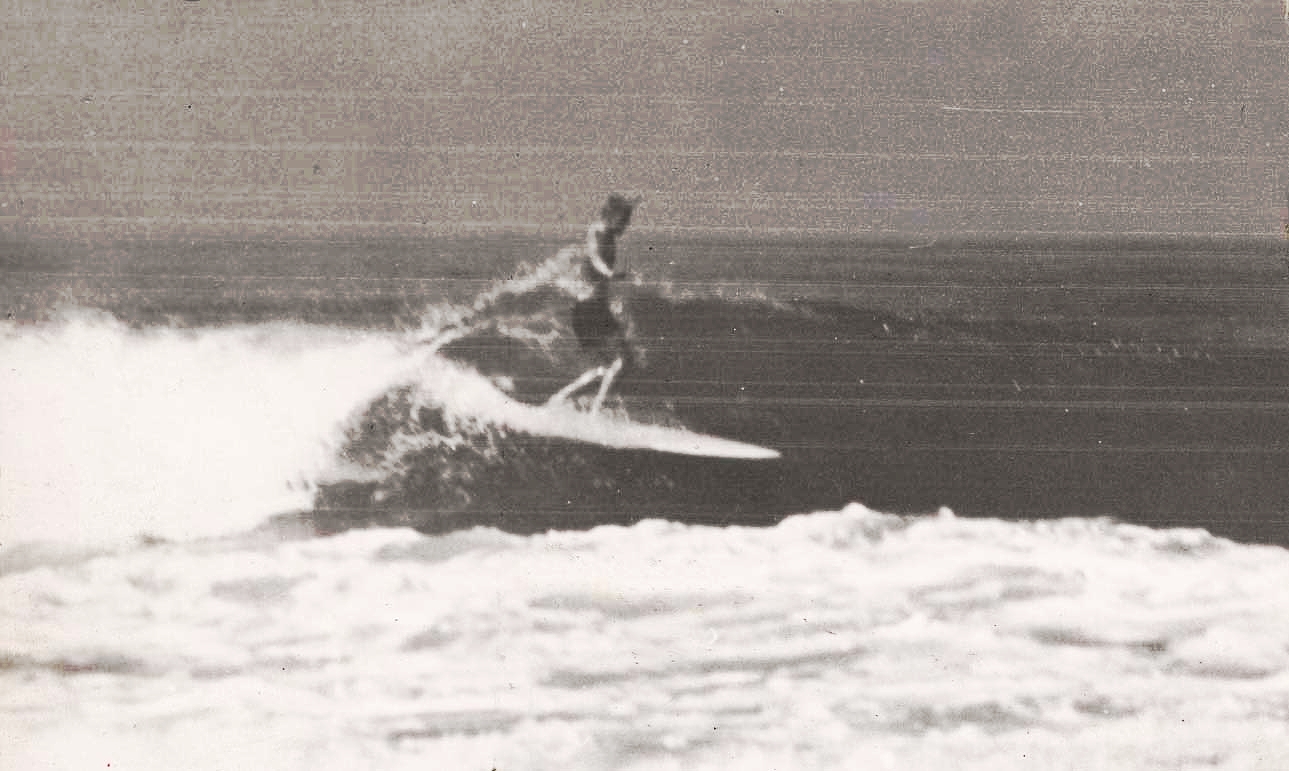
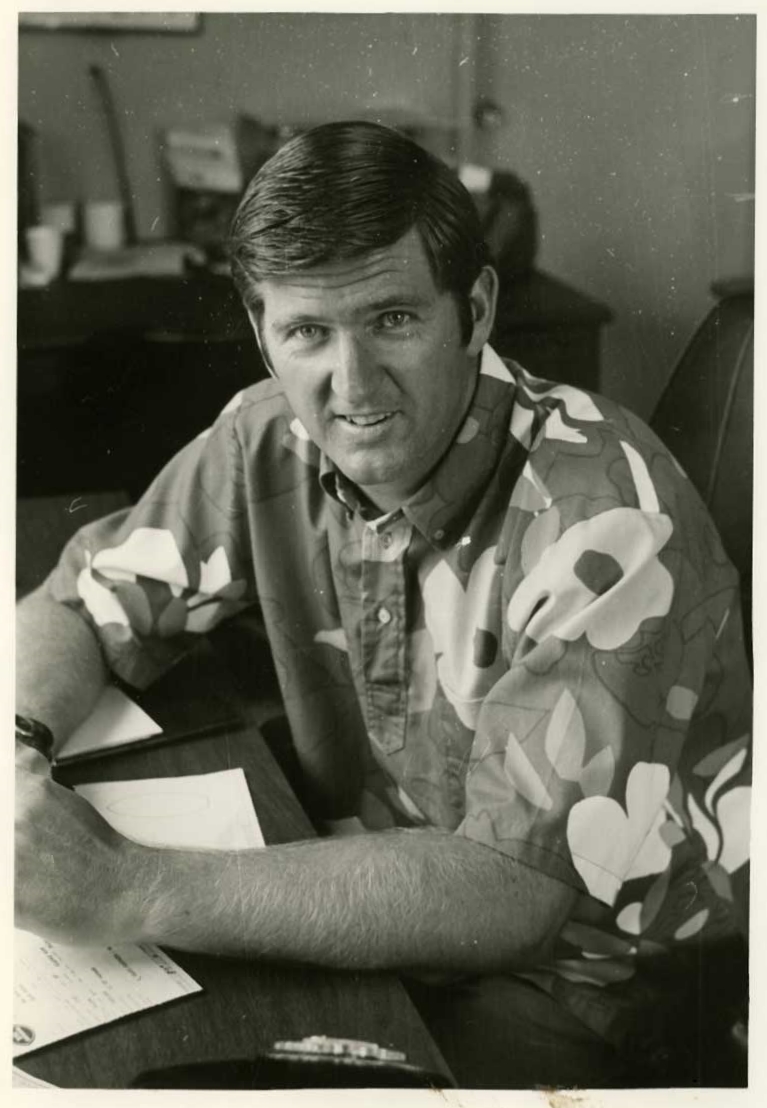
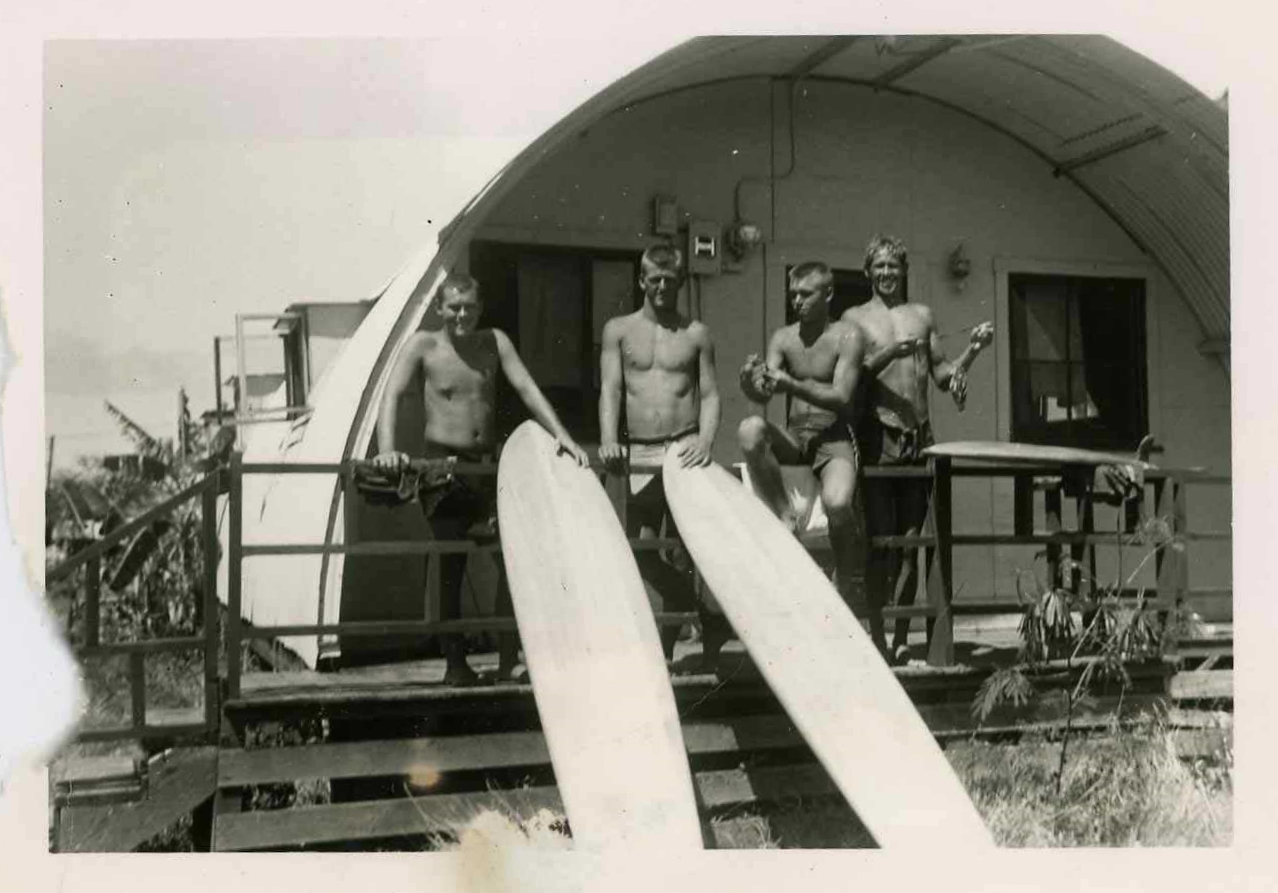
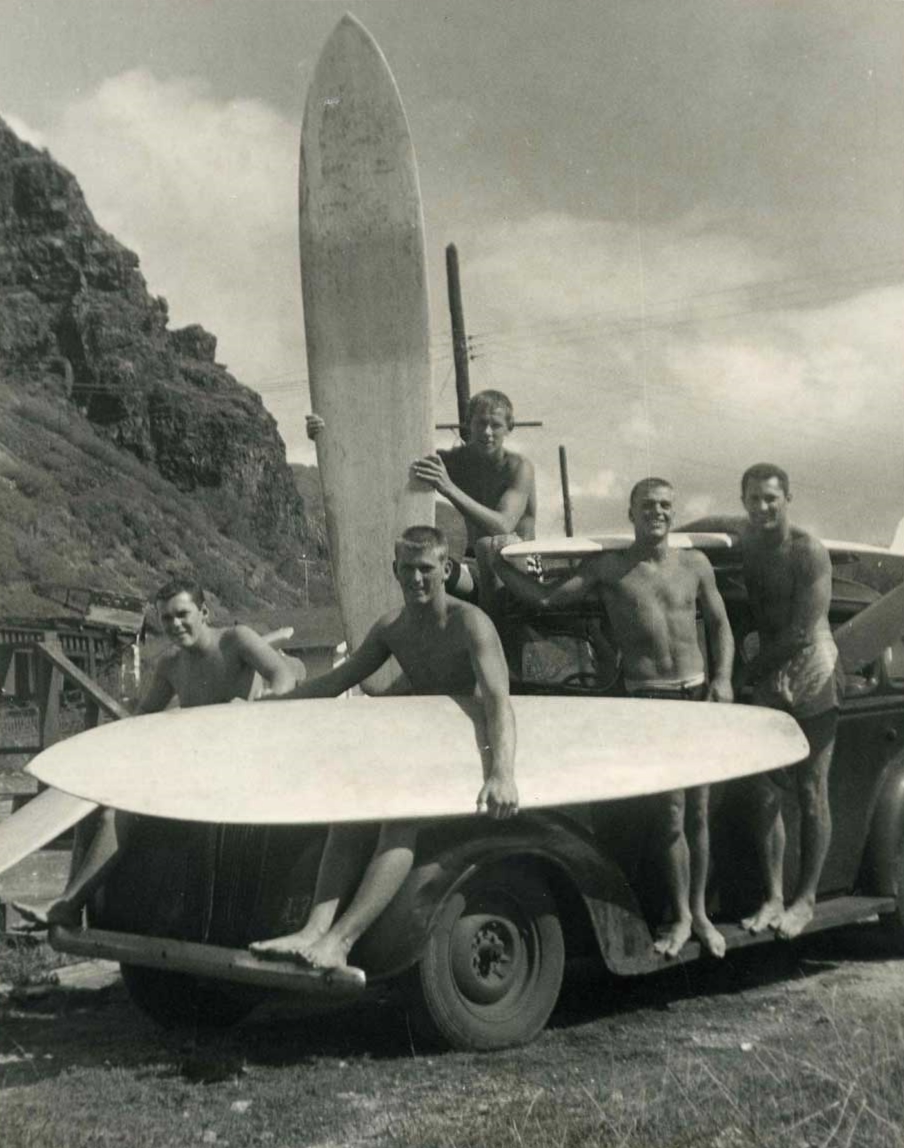
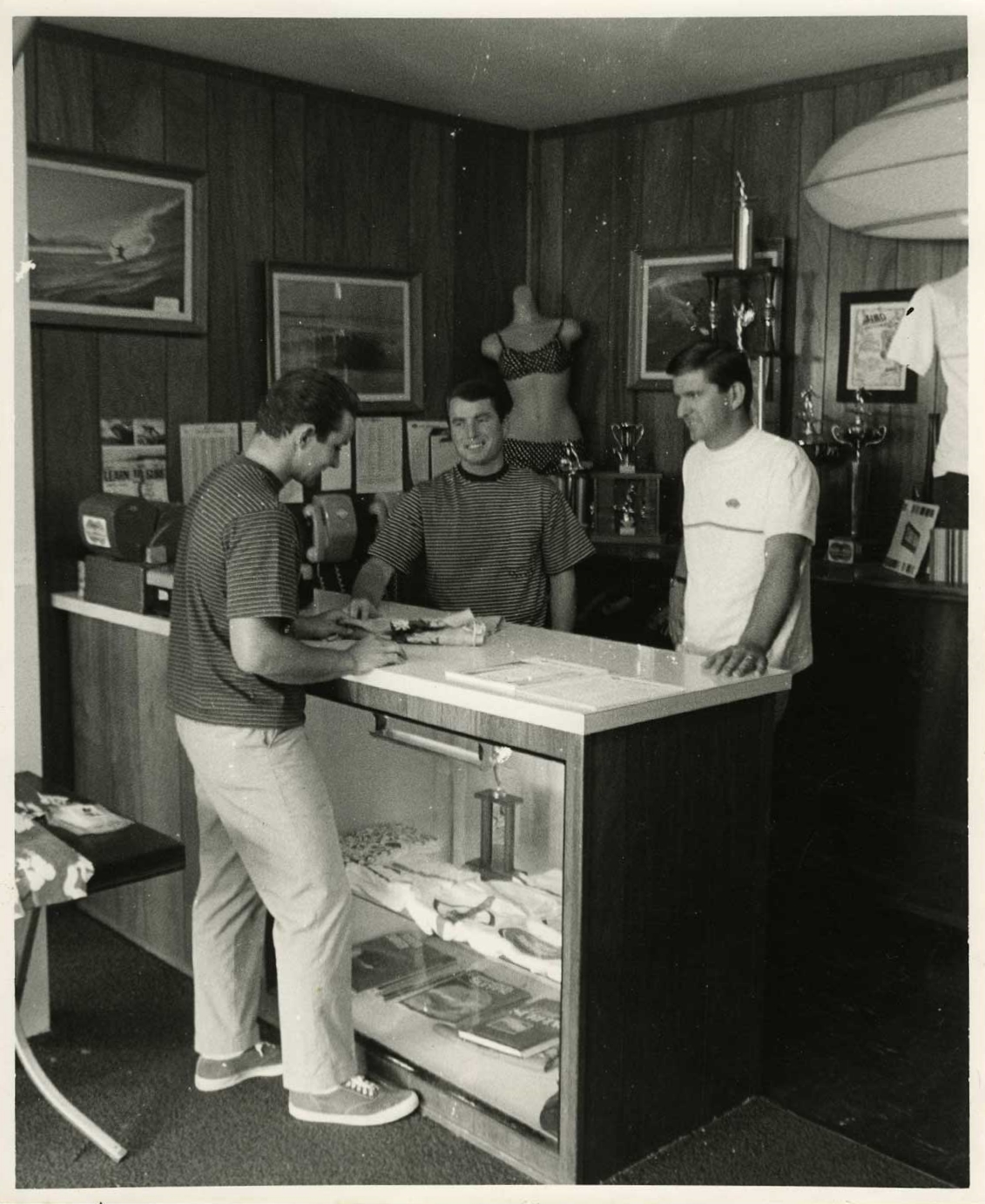

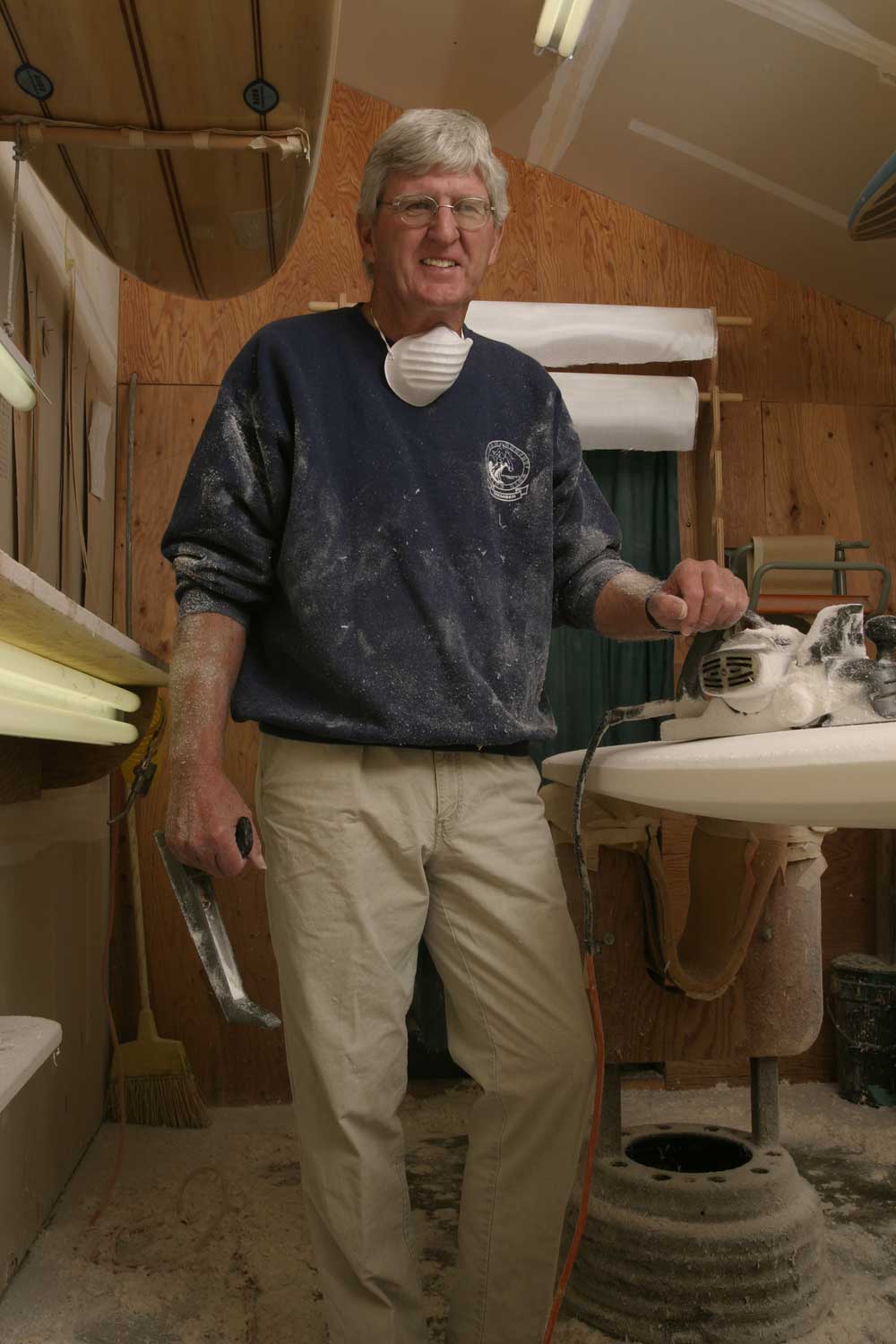
Bing Copeland is the founder of Bing Surfboards, one of the best known brands of the ‘60s. Bing Surfboards produced the famous David Nuuhiwa Noserider and introduced The Bonzer with the Campbell Brothers. Bing took some time and speak with us.
What was growing up in the South Bay like for you?
I grew up in Manhattan Beach in the late 40’s and 50’s when the South Bay had only a handful of surfers and we all knew each other. There were no freeways and very little traffic. It was a wonderful atmosphere for young teens to grow up and learn to surf in.
When did you get your first surfboard?
My father owned a hardware store in town and was pretty handy with his hands having built a small sailboat in our garage, he told me that he would make me a surfboard. He got the plans out of a Popular Mechanics magazine and put together a nine foot fish tail paddle board. It was painted yellow and he painted a picture of Donald Duck on the nose.
I remember carrying it down to the beach in front on our house and having a hell of a time trying to keep it going in a straight line when I didn’t pearl it. After I came out of the water, the lifeguard on the beach told me that if I put a fin on the back and rubbed some candle wax on the deck that I would have a better luck. I went home and made a half round fin out of masonite and screwed it on with some angle iron from my Erector set. My mom gave me an old candle and I was set.
The next day, I went to the beach and actually rode a few waves successfully. It was soon apparent that any hollow board would take in water and boy, mine sure did! After coming out of the water three or four times to drain the board I decided it was time to get a real board.
One day in 1948, one of the old guys at the pier, loaned me his ten foot Simmons to try and I knew then that my first real board had to be a Simmons. After hounding and hounding my dad, he finally agreed to the $45.00 for a new Simmons – providing I took the trash out for the rest of my life. I ended up having two Simmons, until Velzy started building balsa boards at his shop at the pier.
What was the feeling you had when you first stood on a surfboard?
I grew up two blocks from the ocean, and three blocks south of the pier in Manhattan Beach. When I was 12 years old (1948), Greg Noll was working as a bait boy on the end of the pier and we began a friendship hanging on the railing watching the older guys surf the big heavy redwood/balsa boards next to the pier. Velzy was a lifeguard on the pier at that time, and one day he asked us if we would like to try riding an old board he had on the beach. Well, let me tell you, the board was about eight feet long and weighed about eighty pounds (and by the way so did we) we would drag that thing across the sand stopping to rest several times before we got to the water. We pearled for the first ten or so waves but then finally, I remember standing up and riding straight off all the way to the beach. I knew at that moment that this was the sport for me.
Who did you look up to and admire when you were a young man?
I would have to say Dale Velzy. His shop became my second home and I spent every day after school and on weekends hanging around his shop until he started giving me little jobs like helping glue up the balsa blanks, shaping wood fins, repairing and sanding boards. And mostly he let me sweep up the balsa shavings. At the time, I never gave a thought to the fact that I would someday have my own shop,
Of all the places you have traveled to, what place in particular stands out? And why? Like most surfers from the 50’s and 60’s, Hawaii was the Mecca of surfing. In September of 1955, six of us flew to Hawaii. I was 19 at the time. The six of us were myself, Sonny Vardeman, Rick Stoner, Steve Vorhees, Mike Bright, and George Kapoo.
We spent the first two weeks in a crappy little rental in Waikiki and surfed Queens every day. We all chipped in and bought an old Plymouth sedan with a rusted out floorboard so that the exhaust or any puddles would either fume us out or soak us to the bone. We then moved out to Makaha in the country to experience the big winter surf, and rented a Quonset hut. It had no furniture but that didn’t matter we had sleeping bags that we padded our boards with on the plane. We divided the fridge up into six sections so that each guy had his own treats and no stealing, right! Luckily we got to surf a lot of small Makaha surf in the beginning and were able to work our way up gradually.
When it did get big – 15′ to 18′ – we thankfully had some of the big wave guys like George Downing, Buzzy Trent, Peter Cole and others to show us the line ups and coach us into our first experience with big waves. We spent the next two months riding some pretty big waves and having a lot of fun. Finally, with funds running low, Rick and I were both in the Coast Guard reserves and went active and were lucky to be assigned a ship in Hawaii for the next two years. Sonny and Steve were in the Navy reserves and had to go back to the mainland for their service time. Mike Bright went back to California to his lifeguarding and volley ball career.
You have mentored and influenced long line of talented surfboard shapers. How did you go about selecting them?
I was lucky that I had a pretty good reputation as a boss as well as a shaper and other shapers were honored to shape for us. Some made the cut – and some didn’t. There was only 3 or 4 shapers that we taught from scratch.
What period of surfing holds the most cherished memories for you?
The whole trip has been good, but I’d say the 1960’s was the most fun for me. There was a lot of fun and interesting changes during that ten-year period.
Who inspires you?
I’m inspired by anyone who seeks to improve the status quo in our sport.
What is the greatest thing you have learned in your life?
To try to be honest, kind and understanding.
Do you have any regrets or wish you had done something differently
I think everyone has a few regrets. Sometimes when you try to “think outside the box” it’s only natural to make some regrettable mistakes but as long as you learn from it and move on, you’ll be ahead in the long run.
What are you most proud of?
I’m proud of the fact that my vintage surfboards (from the 50’s & 60’s) have been held in such high regard and have become sought after by the serious surfboard collectors. I’m also very proud of Matt Calvani for the craftsmanship and effort that he has put into the re-birth of the Bing Surfboards name worldwide.
What meaning does surfing hold for you and how has it changed your life?
I really can’t say since surfing has been part of my life for the past 61 years.
What brings you the most happiness in the world?
My family and my reputation.
Who are some of the people you feel are shaping the path for surfing today?
There are many. Most are good for the future of our sport, and there some that are just after the money and contribute nothing to surfing’s future.
What is in your current quiver? What is your favorite board?
Right now I have a Silver Spoon that Matt shaped, a Pipeliner, and a Lightweight that Dan Bendiksen shaped, and a 9’9″ senior citizen model that I shaped and glassed. They are all my favorites.
What’s your favorite meal?
I love a good steak and salad. I also eat a lot of stir-fried veggies.
What are you listening to on your iPod?
It’s all Hawaiian slack key guitar music.
What’s next for Bing Copeland?
To stay healthy so that I can do my best to help Matt and Margaret (Yao) promote the interest in our surfboards worldwide.
Bing Copeland’s website is at www.classicbingsurfboards.com. For current Bing Surfboards,www.bingsurf.com. The book Bing Surfboards, Fifty Years of Craftsmanship and Innovation is available at your local surf shop or here.
